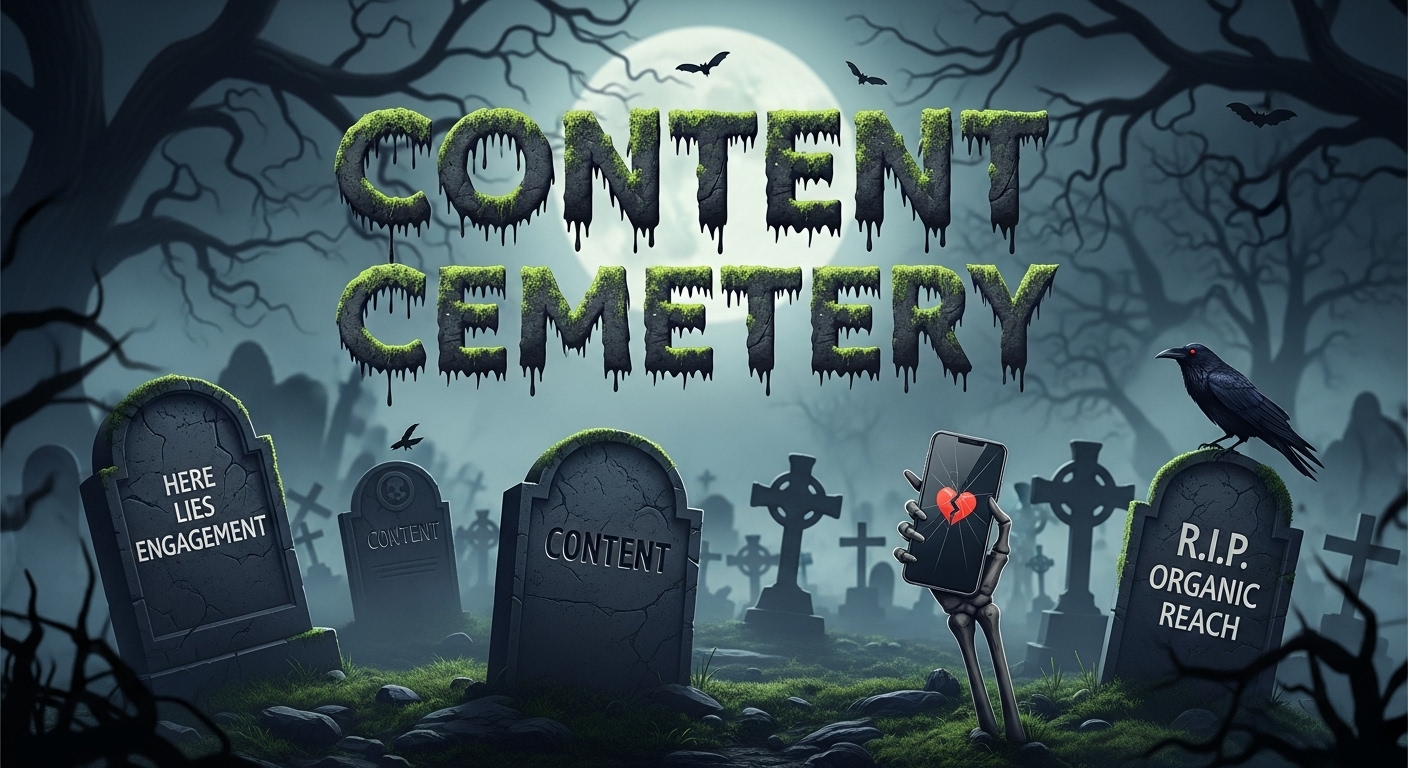
5 Ways to Improve Paid Media Performance with Customer Journey Data

Paid media can be the fuel that propels revenue growth — or it can be a sinkhole where marketing budgets disappear. We all want growth, but often marketers get sucked into spending without truly knowing what works.
- We create eye-catching ads that we think will drive clicks
- We send prospects to a few variations of the same landing pages
- We measure all the clicks and conversions humanly possible
And all of these activities give us some clues that it sort of works. We optimize based on traffic, click volume, cost-per-click, cost-per-lead, etc. Our efforts generate some conversions, but is it the best we can do?
What’s worse: Ad platforms promise even more conversions if you just add a little more budget.
So we dump more money into paid ad campaigns, too afraid to shut it off because it’s helping a little bit.
How do we get from guessing to knowing? From “kind of working” to most effectively and efficiently spending our limited budgets? To create a wildly successful paid media strategy, you need to look beyond ad platform dashboards and simple website analytics to customer journey data.
What is customer journey data?
Customer journey data encompasses the complicated routes customers take before converting, from the initial referrer and entry point to landing pages, mid-touch referrers, content, product pages, and conversion point(s).
With customer journey data, you’ll discover your strongest channels and content, run better, more informed marketing campaigns, shorten the time to conversion, and spend your marketing budgets intelligently.
Below, we’ll unpack 5 ways to optimize your paid media performance with journey data.
How to use customer journey data to improve performance marketing
1. Use customer journey data instead of clicks and CPC to uncover your strongest channels
Determining which channels convert the most customers is critical. When starting, it’s best to test one channel thoroughly (Google, LinkedIn, sponsored content, etc.). Give yourself time to experiment with different CTAs, visuals, and copy. How do you determine which channels are strongest? Average marketers will track the simple metrics ad platforms provide:
- Clicks,
- Impressions,
- Cost-per-click (CPC),
- and others.
They’ll compare these metrics to any immediate conversions from their landing pages to decide which channel is the strongest. Usually, channels with the lowest CPC and highest conversions win. But optimizing for the lowest CPC is a narrow strategy that only matters if the lead converts. Instead, look at your customer journey data to see which channels are driving the most journeys that lead to conversions.
Which channels drive the most initial referrals? Which channels drive more middle touches, to get customers back on to your site and engaging with your brand?
Seeing your customers’ individual paths will also reveal the pages that consistently lead to conversions. You can use this information to allocate budget strategically to the right channel mix.
In short, audience journey data helps you waste less money.
2. Let customer journey data inform how you optimize landing pages
Today’s customer journeys are complex and never linear. For this reason, determining attribution is difficult. The regular playbook for paid media marketers is:
- To create custom landing pages for their ads;
- develop variations of copy, visuals and CTAs;
- split the traffic from the ads and measure which page variations have the best results.
But many prospects won’t convert immediately. Instead, many will bounce only to come back days (or weeks) later to browse or convert.
Take a look at your customer journey data. What are prospects doing once they leave the landing page? What content do they look at? What product pages did they read? What eventually got them to come back and convert?
With these insights, you can restrategize your paid campaigns. Try offering your best content earlier adding a high value asset, or adding crucial product information to a new landing page. Often, it will outperform your original.
When a landing page doesn’t perform well, it’s usually not the end of the road for your customer. Leverage it as an opportunity to optimize your paid media strategy.
3. Customer journey data informs your retargeting campaigns
Retargeting campaigns are an inexpensive way to reengage prospects and nurture them toward conversions. The marketing “Rule of Seven” says customers need at least seven touchpoints before converting. Whether or not seven touchpoints is true for your business, for most companies and products, it does take more than one.
With most paid media campaigns, you typically only see the last few touchpoints that lead to conversion. That’s why it’s important to use customer journey data to widen your scope.
If you often see a webpage or piece of content is a middle touchpoint or is in the final stages of your customer journeys, why not use that in your retargeting campaigns?
For example: Your About Us page (where you outline your company mission and story) consistently shows up in journeys that convert. Take that as an opportunity to retarget past visitors with content around your unique story and values. Test and see if it improves your conversion rate.
4. Use customer journey data to A/B test new campaigns
In addition to retargeting, customer journey data can help you make more effective marketing campaigns by showing you which campaigns are influencing the most journeys and driving the most conversions.
Imagine you’re running two campaigns, and you see prospects frequently consuming content from campaign A, then navigating to campaign B, and then back to A again. There’s an opportunity to blend the campaigns, retargeting people in campaign A with campaign B.
To pull off a new campaign like this, you need to measure more than just click-through rates on your ads or landing pages. You need a broader view of their unique paths. Which pages are driving to conversions more frequently? More quickly? What is the next best action for your customer? What CTAs work best and why?
You can look at those individual pages or pieces of content and find what exactly customers spent the most time reading/consuming. Pit these messages against one another in your next A/B test.
All of these insights will help you improve your conversion rate and shorten time to conversion.
5. Collect your own data; don’t rely on 3rd party tools to judge your success
The ad platforms you use — whether Google, LinkedIn, or others — will give you lots of data around clicks, impressions, and traffic.
But these metrics only tell you how well those specific ads performed during a singular session.
It’s why marketers use other tools like Google Analytics, Tag Manager, Hotjar, and others to judge landing page performance. Although these tools can show you what people click, how many people bounce, and how much time they spend on the page, the data is usually isolated to that particular page. As a result, it’s up to you to piece together fragmented third party data to find what works. Most of the time, you’ll only know which channels you spent the most money on and which led to the most immediate conversions — a basic version of your return on ad spend.
When you incorporate customer journey data, you get a more comprehensive picture. Instead of letting your data trail end on that landing page, You can use customer journey data to see that a certain percentage of those prospects returned to your site. You’ll see what paths they took and what pushed them to finally convert. This first-party data will help you fine-tune your paid media campaigns beyond engagement data like clicks and impressions.
Conclusion
The above tactics unpack five ways to make your paid media campaigns stronger. The metrics that individual ad platforms provide can help measure individual ads and serve as potential indicators of success. But when you look at your customers’ entire journeys (and not just individual session data), you’ll find richer insights into what really drives conversions, not just click volume, and what opportunities you might be leaving behind.
Become a thought leader
Become a thought leader
Trusted by the largest (and now smartest) brands in the world.
“Before Knotch we did not understand what content was driving business results. Now we understand which content moves the needle. Knotch’s cohesive reporting and insights paint a real picture of what’s happening on our website instead of the patchwork quilt that comes from a Google Analytics approach. With Knotch we have been able to re-prioritize ad spend, route better leads to our SDR team, and inform our content development initiatives.”

"The Knotch platform ensures that we deliver high-performing content tailored to young home shoppers, enhancing their experience and driving better business outcomes.”

"Our partnership with Knotch has been highly successful, empowering us to leverage data-driven insights and refine our content strategy.”









